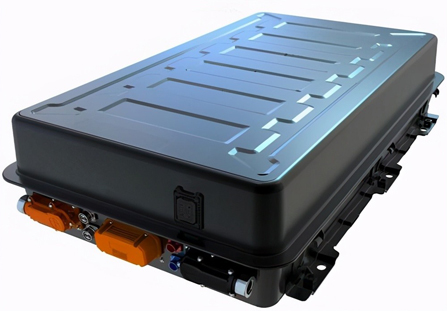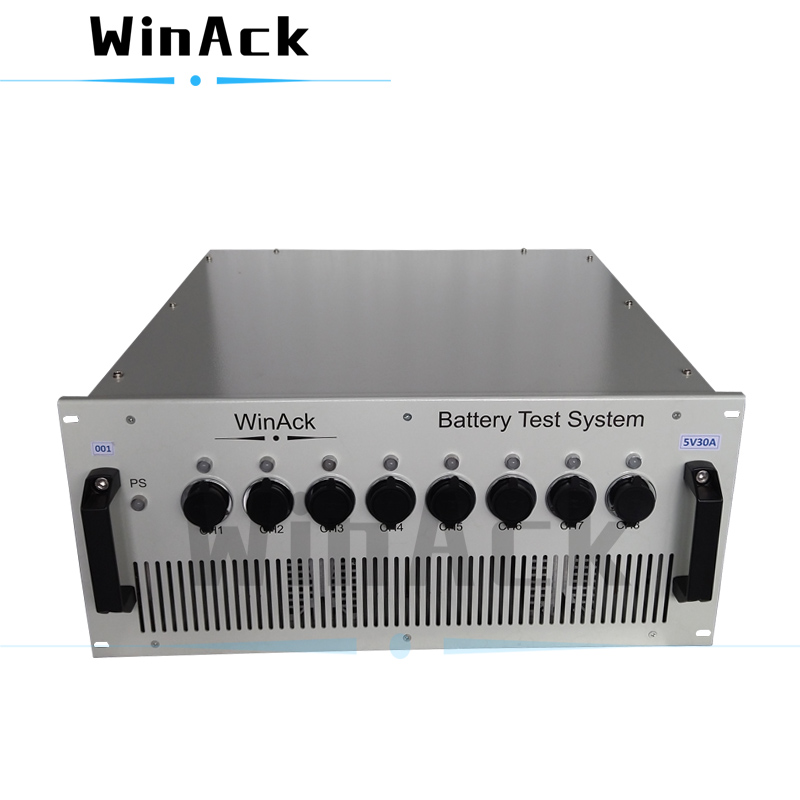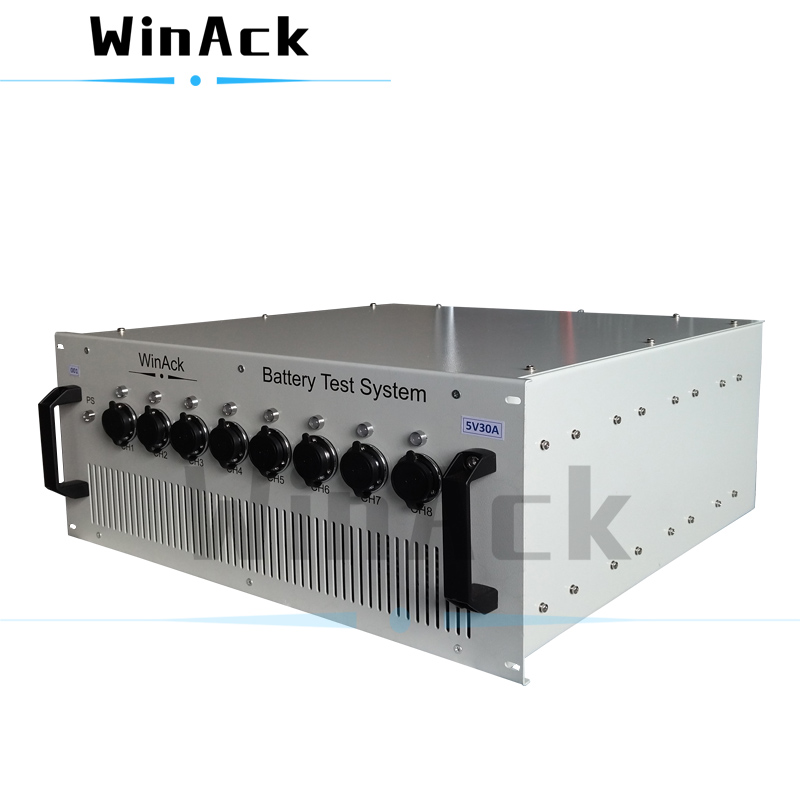 System Function Testing of EV Batteries | EV Battery Testing
Oct 27 , 2022
System Function Testing of EV Batteries | EV Battery Testing
Oct 27 , 2022
 Lithium-ion Battery Safety Testing | WinAck Group
Oct 21 , 2022
Lithium-ion Battery Safety Testing | WinAck Group
Oct 21 , 2022
 Lithium-ion Battery Cell Heat Generation Test
Jul 27 , 2022
Lithium-ion Battery Cell Heat Generation Test
Jul 27 , 2022
 Battery Cell Residual Capacity Loss Test | Battery Cell Charge Retention Test
Jun 05 , 2022
Battery Cell Residual Capacity Loss Test | Battery Cell Charge Retention Test
Jun 05 , 2022
 Battery Cell Energy Efficiency Test
May 11 , 2022
Battery Cell Energy Efficiency Test
May 11 , 2022
 Battery Cell HPPC Performance Test
Apr 13 , 2022
Battery Cell HPPC Performance Test
Apr 13 , 2022
 Battery Cell Constant Power Discharge Performance Test
Apr 04 , 2022
Battery Cell Constant Power Discharge Performance Test
Apr 04 , 2022
 Battery Cell Temperature and Rate Discharge Performance Test
Mar 26 , 2022
Battery Cell Temperature and Rate Discharge Performance Test
Mar 26 , 2022